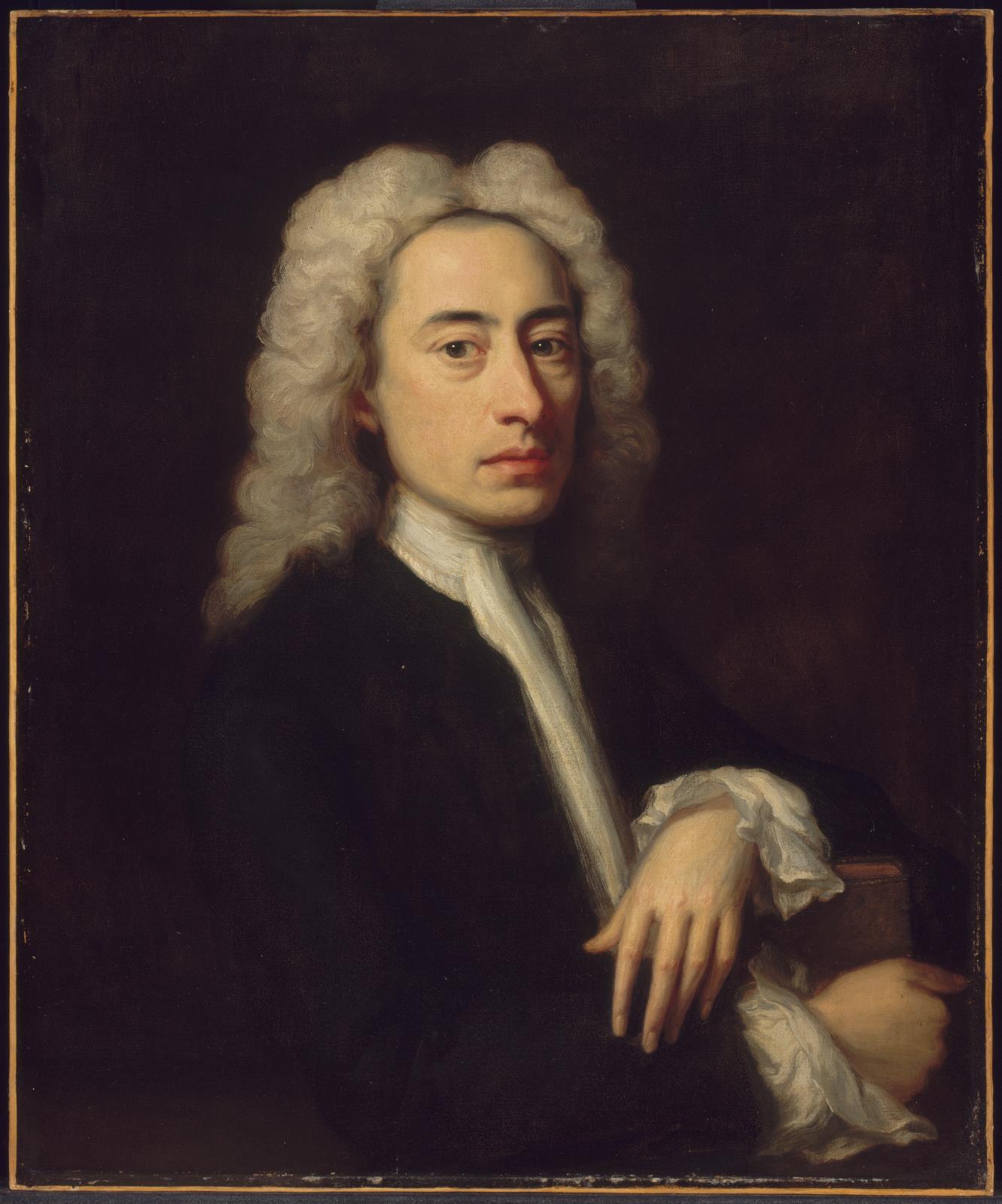The female wit of the Restoration stage had always incorporated an element of sexuality, as was natural for a character mirroring the rake. As the long 18th century rolled on, however, and attitudes to female sexuality changed so did those towards female wit. As female writers like Aphra Behn and Eliza Haywood rose to prominence, satires suggested that having and flaunting knowledge would be the same as having and flaunting sexual knowledge. A woman writer, using the most public medium to "flaunt" her knowledge, was considered not only to "prostitute her mind" but also to appropriate male prerogatives. This made them unnatural women and unfit for the ideal role of a modest, virtuous and silent wife/mother.
Here it is important to distinguish the learned lady and the female wit from the other female characters. While these were characters of performance and sexual impropriety (qualities writers like Pope, Swift and Addison often ascribed to womanhood as a whole), the learned lady and the female wit neither put on a performance nor show off their sexualty.
 |
| Alexander Pope did not think highly of women of knowledge and was subsequently targeted by women writers like Montagu and Burney |
Although satires often linked them with sexuality, the real outrage of the display of feminine knowledge was the implication that women were capable of higher thought like men were. This was a perversion that went beyond mere authorship. Thus, this would be ridiculed e.g. with Charlotte Lennox' Lucy or Henry Fielding's Mrs. Slipslop struggling with difficult words and consepts they presume to master.
What became central to the discussion of female knowledge was education. Mary Wollstonecraft's Vindication of the Rights of Women and Lady Mary Wortley Montagu's letters argue that whatever could be found to be lacking in women's knowledge was due to faults in their education. (This is also the chief obstacle in Lennox' The Female Quixote.). Elizabeth Carter and Frances Burney tried to show how learning and femininity could be combined without subjecting the learned lady or the female wit to the scorn of contemporary society. These writers represented a trend in women's right to aquisition and presentation of knowledge which were to change literature and society.
Source: Elaine M. McGirr, Eighteenth-Century Characters: A Guide to the Literature of the Age (Houndsmills: Palgrave Macmillan, 2007)
No comments:
Post a Comment